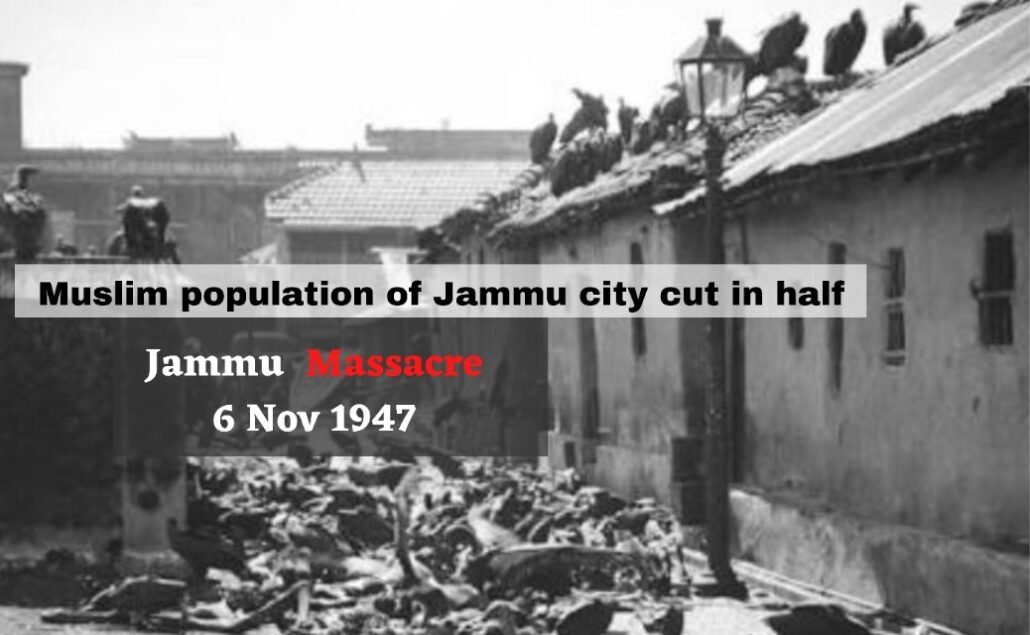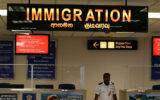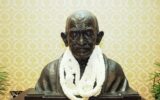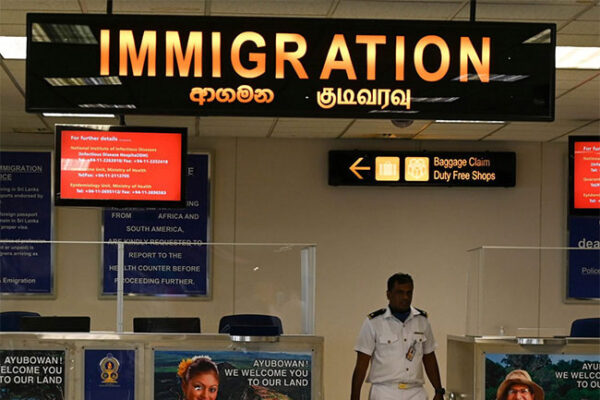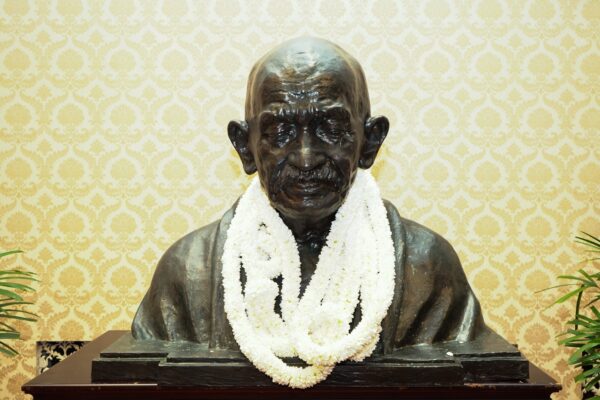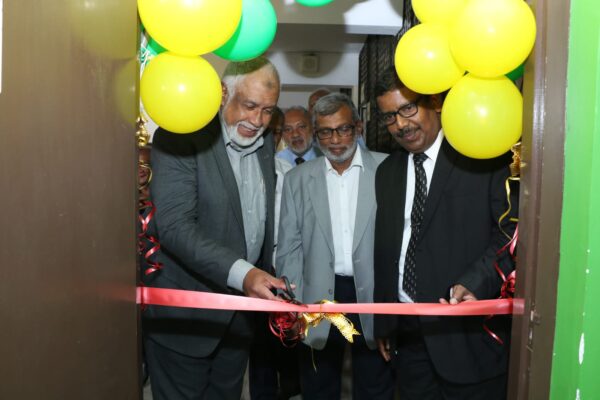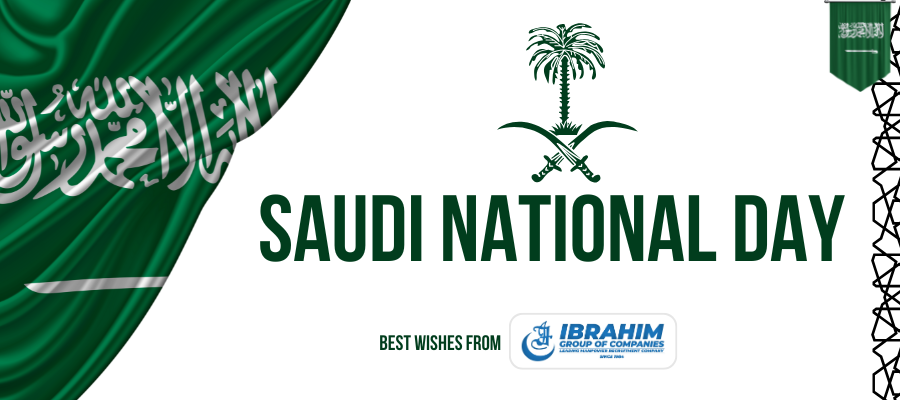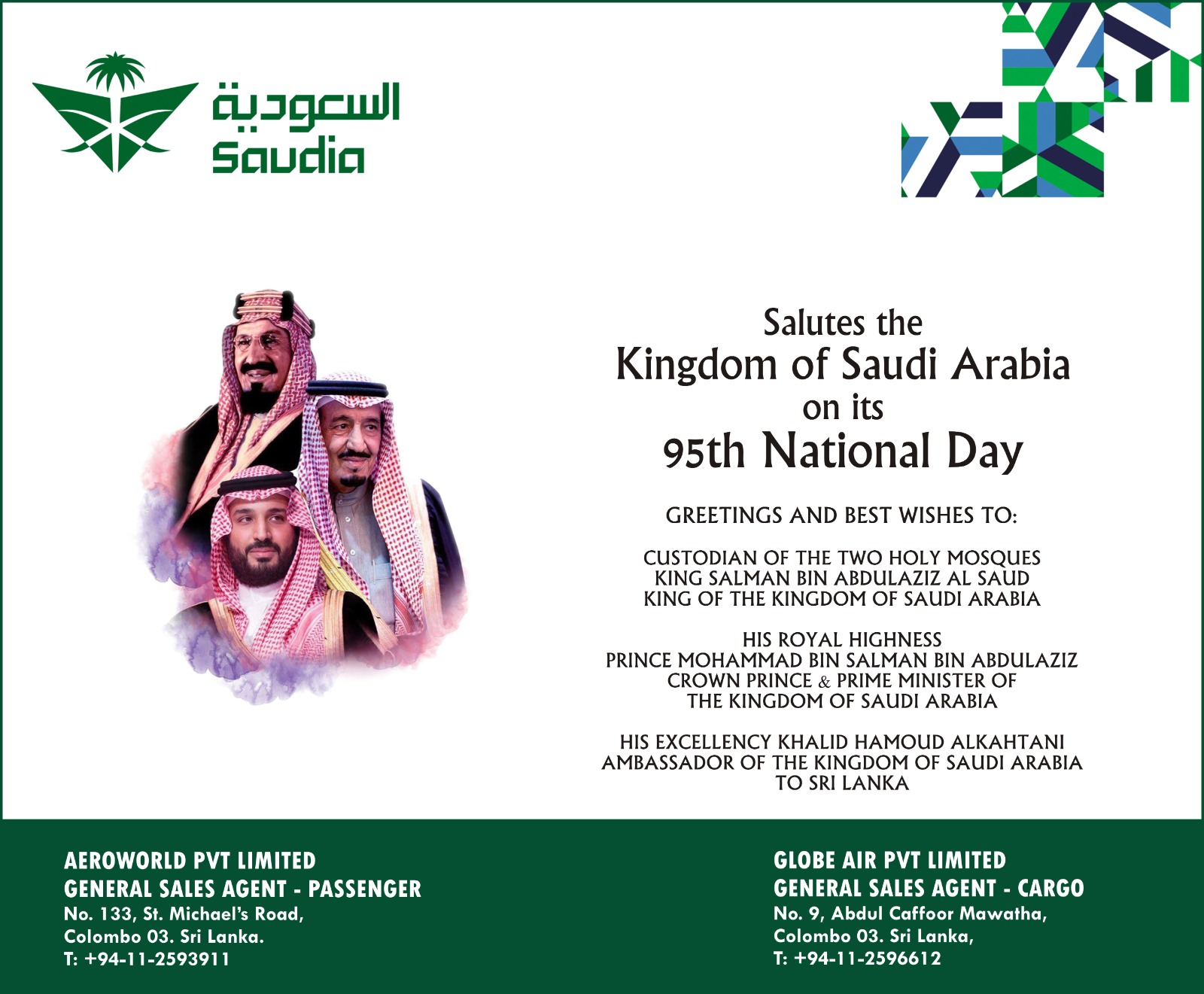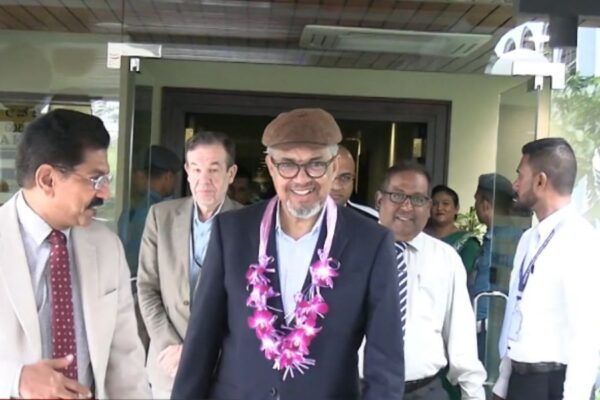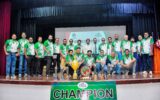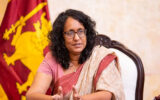Madiha Shakil Khan
On the afternoon of July 10, the Bosnian Serb army soldiers began storming Srebrenica, a city of refuge created by the United Nations, where more than 40,000 people sought shelter from war.
A United Nations officer in the town hunched over his computer and tapped out a desperate plea to his leaders in Geneva; about 23,000 Muslim women and children were deported in the next 30 hours, and 8,372 innocent Bosnian Muslim men and boys were mercilessly murdered.
The ‘Srebrenica massacre’ is widely acknowledged by genocide scholars as the biggest war crime perpetrated on European soil Since World War II, for which Ratko Mladic, the “Butcher of Bosnia”, “the epitome of evil”, was convicted by international war crimes tribunal for crimes that were “amongst the most heinous known to humankind”.
However, Jammu Kashmir, South Asia’s Himalaya region, which is disputed between two nuclear neighbours-India & Pakistan, witnessed the worst human carnage much before the ‘Srebrenica massacre.
In November 1947, thousands of Muslims were killed, which commonly referred as ‘Jammu genocide’ in the winter capital of disputed territory by paramilitaries led by the army of Dogra ruler Hari Singh. The death toll in this genocide was 28 times higher than in Srebrenica.
The pre-planned ethnic cleansing was carried out to secure an area bigger than Bosnia, Croatia, and Serbia put together. The Times, London reported on August 10 1948, “237,000 Muslims were systematically exterminated … by the forces of the Dogra State headed by the Maharaja in person and aided by Hindus and Sikhs. This happened in October 1947, five days before the Pathan invasion and nine days before the Maharaja’s accession to India”.
“The Muslim subjects from different parts of Jammu province were forcibly displaced by the Dogra Army in a programme of expulsion and murder carried out over three weeks between October-November 1947,” Idrees Kanth, a fellow at International Institute of Social History in Amsterdam, who researched the 1940s history of Kashmir, told Al Jazeera.
“The massacre of more than two lakh (two hundred thousands) Muslims was state-sponsored and state-supported. The forces from Patiala Punjab were called in; Rashtriya Swayamsevak Sangh (RSS), a right-wing Hindu organisation, was brought to communalise the whole scenario and kill Muslims,” said PG Rasool, the author of a book, ‘The Historical Reality of Kashmir Dispute’.
In the words of Ved Bhasin, a renowned journalist from Jammu who experienced the events first hand, large-scale killing of Muslims took place in Udhampur district, particularly in Udhampur proper, Chenani, Ramnagar and Reasi areas. Even in Bhaderwah (about 150 kilometres from Udhampur), a number of Muslims were victims of communal marauders.
According to Bhasin, the RSS played a key role in these killings. Muslims were also massacred in Chhamb, Deva Batala, Manawsar and other parts of Akhnoor. In the Kathua district, too, there was the large-scale killing of Muslims and reports of women being raped and abducted. However, terrible carnage took place later when the Muslims in the Talab Khatikan area were asked to surrender. They were shifted to the police lines at Jogi gate, where now Delhi Public School is situated. Instead of providing them security, the administration encouraged them to go to Pakistan for safety.



